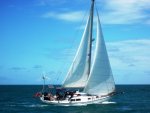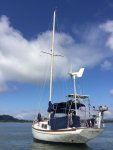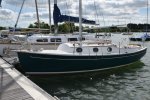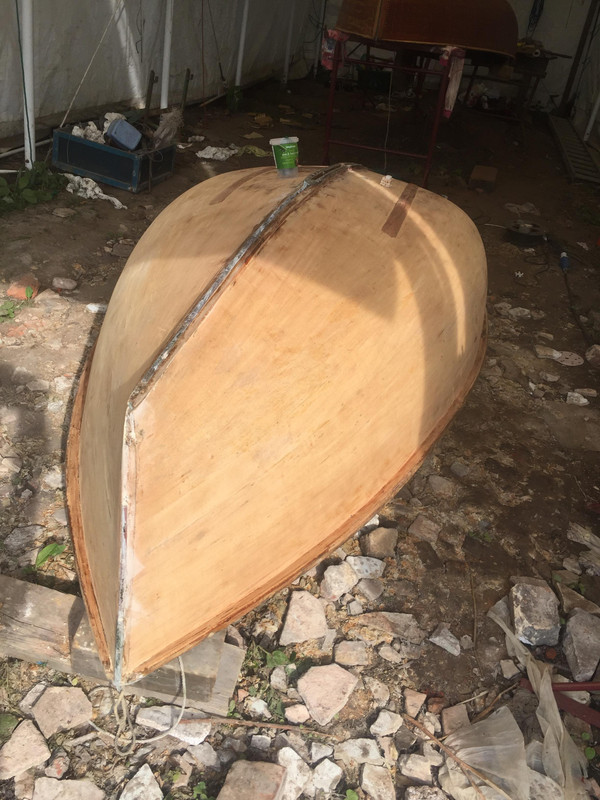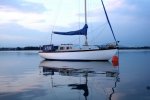Wansworth
Well-Known Member
Exactly. Almost all the boats featured here are pastiches of wooden boats which generally looked that way because of the characteristics of wood as a boat building material.
If "classic" is being linked to a material (GRP) then perhaps it should feature boats that could not have been built in traditional wood, so are a classic use of GRP.
I will kick off with a Sadler Barracuda - the very antithesis of most of the boats so far. I know the first was built of wood composite but its concept and shape were not determined by traditional wood.
The French understood GRP and design

